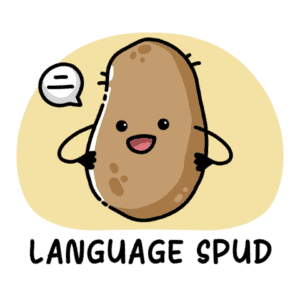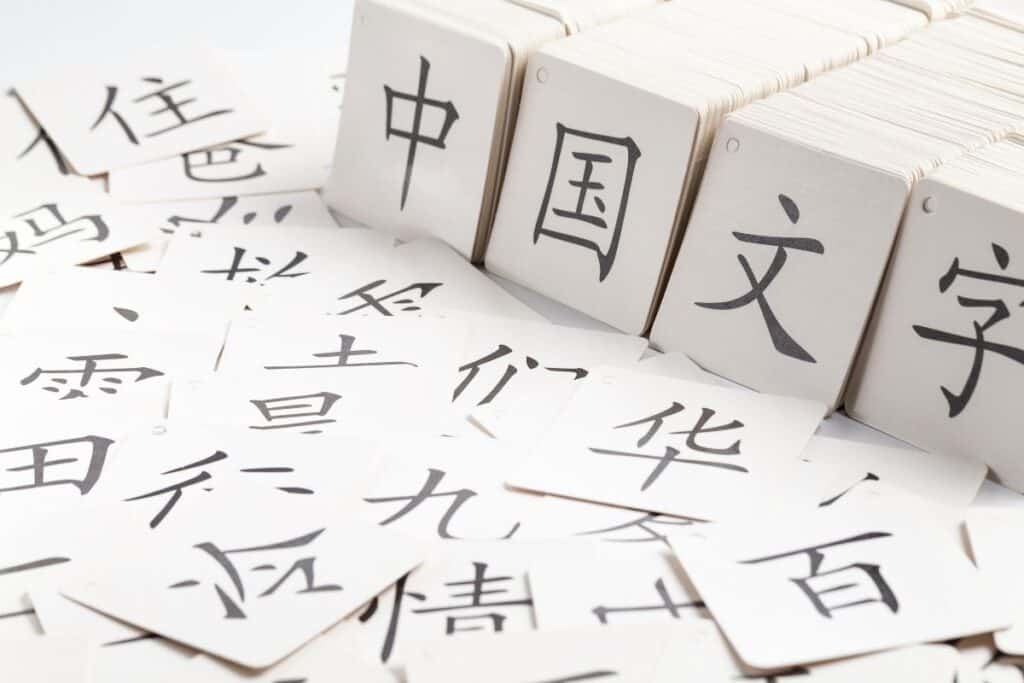
Have you ever looked at a Chinese character and thought, “What the hell does that mean? It doesn’t even start with a letter, so how can I look it up in the dictionary!?”
Luckily, there are a few ways you can find out the meaning of characters in a timely manner. This post will show you how.
Traditional Dictionary Search
As we move quickly through the age of technology, you might be surprised to know paper dictionaries still exist. The Oxford (Chinese to English) one is pretty darn good.
Now, once you stumble upon an unknown Chinese character in your selected reading material (and this will happen!), the following steps can be taken.
- Step 1: Find/identify the character – for this example, we shall use the character ‘我‘ (pronounced ‘wǒ’), meaning ‘I/me’. Let’s say you encounter the 我 character for the first time and you have no idea what it means.
- Step 2: Identify the radical on the left-hand side – “What is a radical?” I hear you ask. Check out a quick guide to radicals and components in Chinese characters, click here. You can see the left-hand side radical for 我 below in black.

- Step 3: Count how many strokes the radical has – if you counted three strokes for the first radical in 我, then give yourself a gold star and head to the radical index of the dictionary and look for this particular radical. Radicals are listed in order of the number of strokes contained in them. Once you’ve found this radical, follow the reference to the page where all characters with this radical are listed.
- Step 4: Look at the other components – how many strokes does 我 have other than those contained in the left-hand side radical? If you said four, you’d be right! So, skip to that area of the page/s and you should finally find 我 just as you’re about to fall asleep. Congratulations!
If you think all of that sounds incredibly tedious, I agree with you.
This process gets faster with practice and I understand the desire to keep our use of technology to a minimum, but there’s a limit to what you can achieve in Mandarin moving at this pace.
Read on for more efficient ways to look up Chinese characters you don’t know!
| PAPER DICTIONARY PROS | PAPER DICTIONARY CONS |
| – Cheap – Doesn’t require an internet connection – Keeps your eyes off a screen | – Dictionaries are heavy – Takes a LOT of time – Annoying |
Writing Chinese Characters
Another way to find the meaning of a character you don’t know is by writing it in handwriting software.
“But Mr. Languagespud, I write characters like a 4-year-old with no arms!”
Not a problem. So do I! Technology is so good these days that if you write a character badly using one of the apps/sites below, it’s still very likely your poorly written character will be recognised by the software.
Nciku
This site is a free, easy-to-use online dictionary that lets you practice writing characters. Simply click on the pen symbol in the search bar to start writing!

Just as soon as you start to write the character, there will be multiple suggestions that will appear on the right side of your screen. You may then select the one that matched the character that you want to learn.
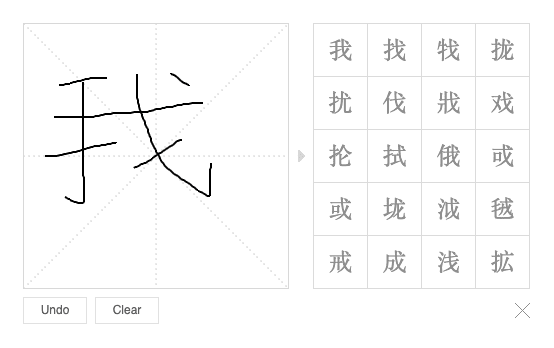
Once you’ve found the correct character located on the right side of your screen, the character will then be automatically keyed into the search box, and you will be able to learn more about it.
This online dictionary also allows you to enter multiple-character inputs to make it easier for you to learn. It will even provide relevant suggestions based on your input to help you get the most accurate definition of the Chinese character you’ve written.
There are quite a few online dictionaries that offer the same handwriting look-up function as Nciku. Two of the best ones are MDBG and Yellowbridge.
Google Translate
With Google Translate, you also have access to a handwriting feature. On the site or within the app just click on the pencil icon and click on handwrite to start.
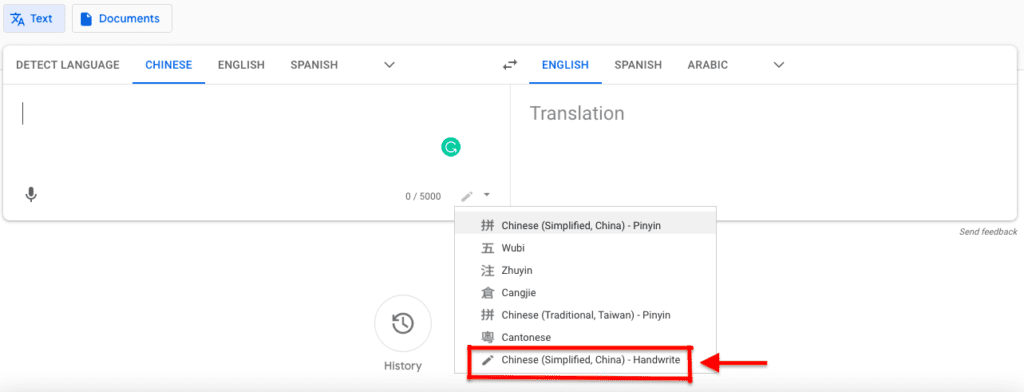
You may then draw the character that you want to learn about on the left side of the screen and hit enter. The real definition of the character will appear on the right side of the screen once you’ve finished the drawing.
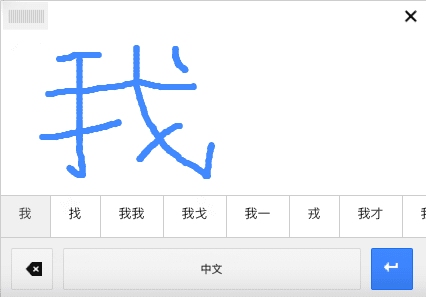
Microsoft Translator and Baidu Translate are two other free translation apps that don’t offer in-app handwriting functions.
However, there is a fairly simple way around this.
Simply use your built-in Chinese keypad on whatever device you’re using, and write the character there instead. If you’re still not sure how to write characters on your phone or laptop, I explain how to do that in an article here.
I’ve got an iPhone, and you can see how I handwrite in Microsoft Translator below. I just press on my keypad to take me to the handwriting keyboard.
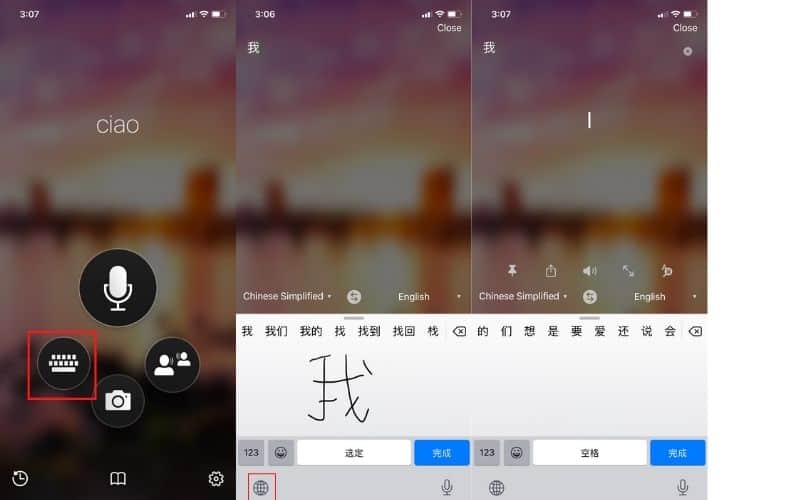
Utilizing OCR (Optical Character Recognition)
Now we’re getting to the super fast, technologically advanced methods of looking up Chinese characters.
By utilising OCR, you can get the real definition of a particular character simply by taking a picture of it.
Google Docs provides this feature as do a host of other apps these days, but the best one by far is the mother of all Mandarin learning apps…
Pleco
I plug this app in almost every article on this website, but I promise it’s for a very good reason.
Not only is Pleco the best Chinese-English dictionary on the market, but it offers a whole range of incredibly useful add-ons through its Basic Bundle ($29.99).
These features include:
- Full-screen handwriting
- OCR text reader
- Flashcards
- Stroke order diagrams
- Document reader
- Mandarin audio
- Kai font add-ons
Pleco offers a ‘live’ or ‘still’ text reader.
‘Live’ means you can scan images in real-time, and the ‘still’ text reader means you can scan pictures you’ve taken or stolen from the internet.
Below is a quick demo of how the live OCR text reader works in Pleco.
The still OCR text reader works much in the same way, you just have to select a photo.
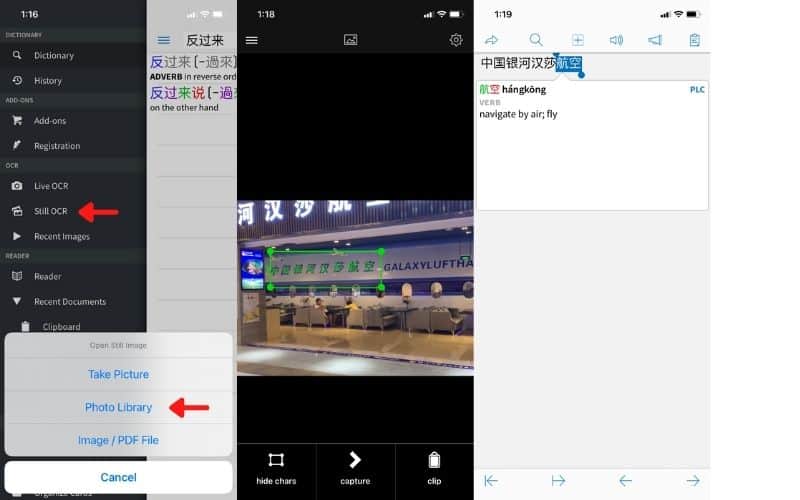
Waygo
Waygo doesn’t have the other features that Pleco has, but its live OCR text reading function (the only function it has) is really good, and quite a lot quicker than Pleco’s.
It captures the characters so well and gives instant translations.
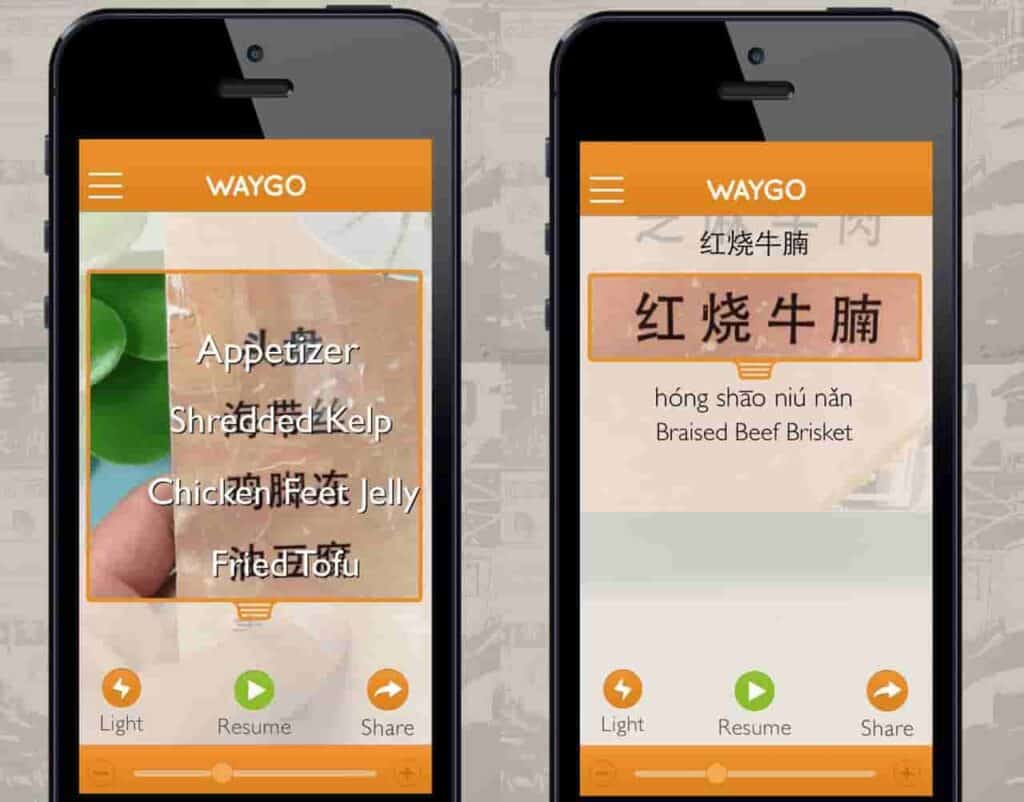
You’ll get around 10 free translations a day with Waygo but for only $7 you can get lifetime unlimited use.
To summarise, you can utilise the following methods to look up Chinese characters you don’t know:
- Use a paper dictionary (takes forever)
- Use an online dictionary/app with a handwriting function
- Use an OCR text reader (probably the fastest method)
Further Reading
- 100+ MANDARIN LEARNING RESOURCES: THE FASTEST WAY TO FLUENCY
- THE ULTIMATE GUIDE TO LEARNING CHINESE IN CHINA
- THE 24 BEST MANDARIN STUDY RESOURCES FOR BEGINNERS
- 14 REASONS WHY YOU SHOULD LEARN MANDARIN CHINESE
- IS IT EASY TO LEARN MANDARIN CHINESE?
- THE 21 BEST APPS TO LEARN CHINESE
- THE ULTIMATE GUIDE TO LEARNING CHINESE IN CHINA
